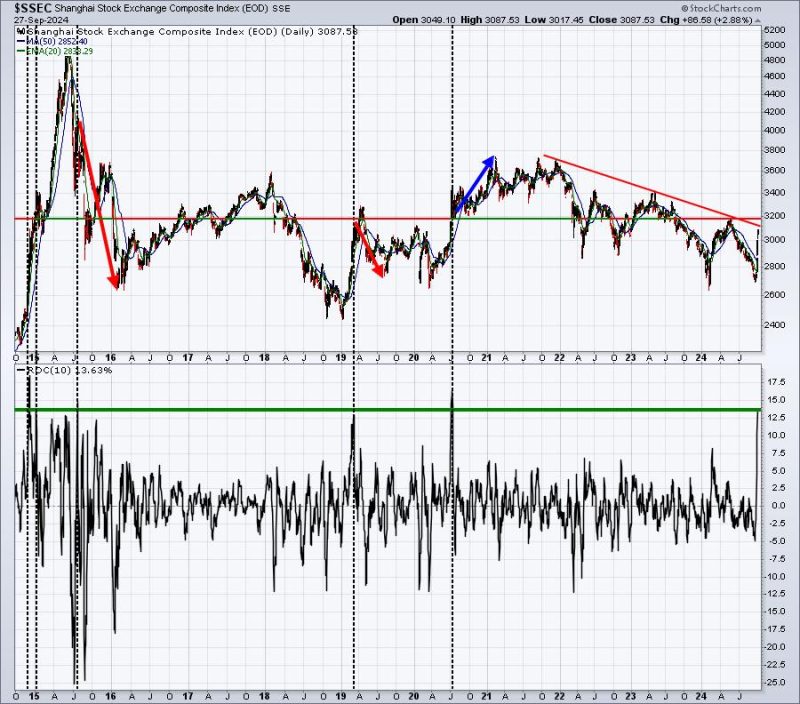The recent strength in China’s economy has raised questions regarding its sustainability. Key economic indicators, such as manufacturing activity, consumer spending, and export growth, all showed positive trends last week. While the positive data has bolstered expectations for China to continue its recovery momentum, there are underlying factors that may challenge the sustainability of this economic strength.
The rebound in China’s manufacturing sector is a crucial driver of the country’s economic recovery. With the Purchasing Managers’ Index (PMI) exceeding expectations and indicating expansion in manufacturing activity, there is optimism that this sector will continue to grow. However, challenges such as supply chain disruptions and rising raw material costs could potentially weigh on the sector’s growth in the coming months.
Consumer spending has also shown signs of improvement, with retail sales posting strong growth figures. The lifting of COVID-19 restrictions and increased consumer confidence have supported this positive trend. Nevertheless, concerns about income inequality, high household debt levels, and the uneven distribution of wealth could dampen consumer sentiment and hinder sustained spending growth.
China’s export growth has been another bright spot in its economic recovery story. Strong global demand for Chinese goods has driven export growth, contributing significantly to the country’s trade surplus. However, uncertainties surrounding trade tensions with key trading partners, such as the United States, and disruptions in global supply chains remain potential risks that could impact China’s export performance in the future.
Moreover, China’s efforts to balance economic growth with environmental sustainability pose a challenge to its long-term economic prospects. The country’s commitment to reducing carbon emissions and transitioning to a green economy may require adjustments that could affect certain industries and economic sectors. While these efforts are essential for China to achieve sustainable development, they may also present short-term challenges to economic growth.
In conclusion, while China’s recent economic strength is encouraging, there are factors that could test its sustainability. Managing supply chain disruptions, addressing income inequality, navigating trade tensions, and transitioning to a greener economy are complex tasks that require careful planning and execution. As China continues on its path of recovery, policymakers, businesses, and consumers will need to work together to ensure a resilient and sustainable economic future.


























